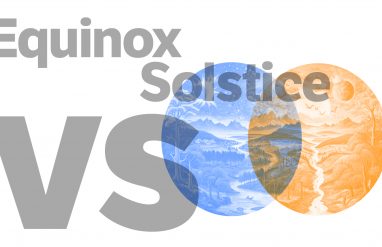Whether you think it’s up to the hype or not, this celestial event brings along some spectacular lunar activity and equally fun vocabulary.
While the names of many moon phases are rich in folklore, the supermoon became “super” because of Richard Nolle—an astrologer with a flair for the dramatic.
What does supermoon mean?
The prefix super is a Latin loanword meaning “above, beyond” and moon is derived from the Old English mona, from the same root as month.
Other moon terms
Lunar comes from the Latin lunaris, meaning “of the moon,” and perigee is derived from the Modern Latin perigeum meaning “about, near.” Lunatic is also of Latin descent and, according to legend, refers to someone who goes mad with the changes of the moon.
The Algonquin tribes kept track of the seasons by naming each recurring full moon. Long before it was dubbed the “extreme supermoon,” the orb of night during the month of March was called by the less melodramatic but equally colorful “full worm moon.” The name refers to the change in temperature and the oncoming spring thaw; earthworm casts appear, promising the return of the robin. Tribes north of the Algonquin knew this phase as the “Full Crow Moon,” which refers to the cawing of crows—signaling the end of winter.














